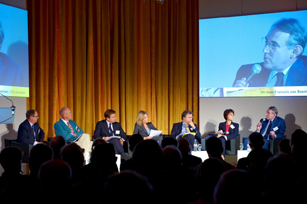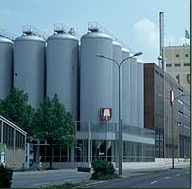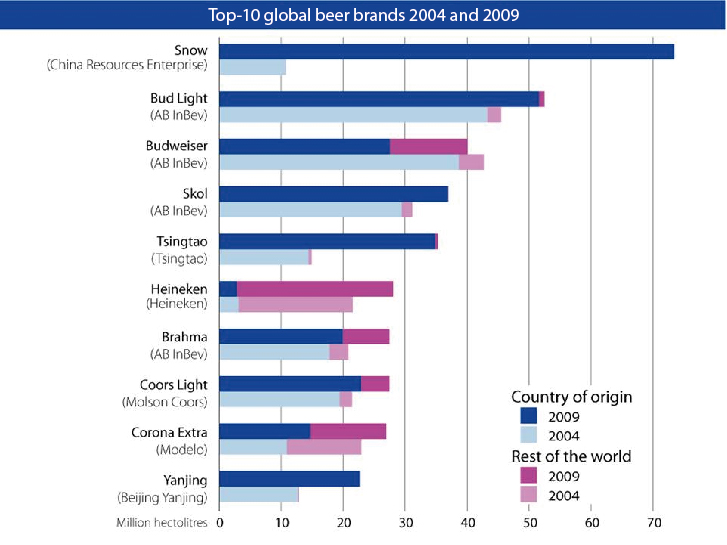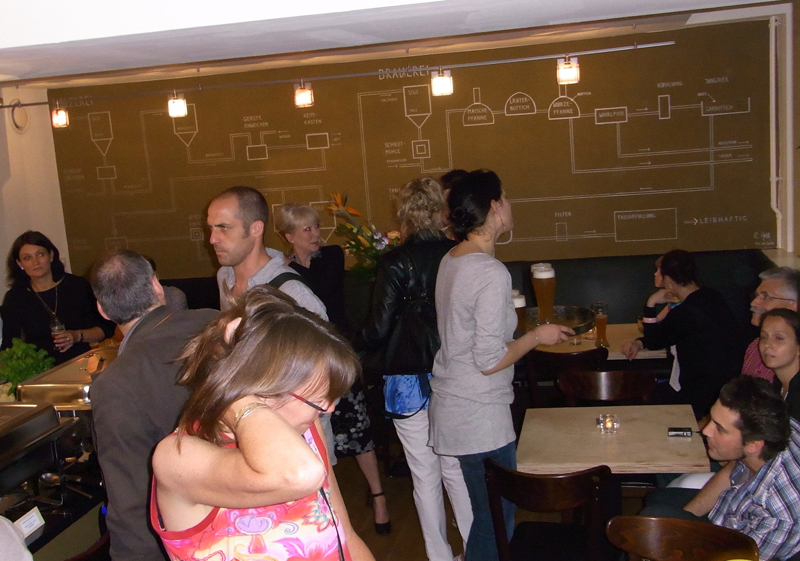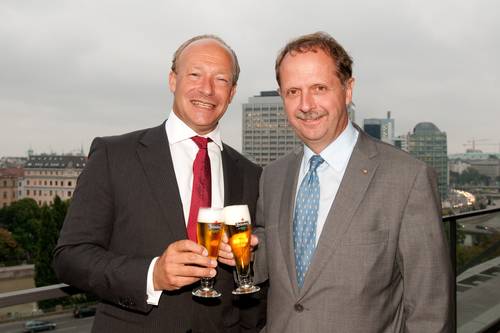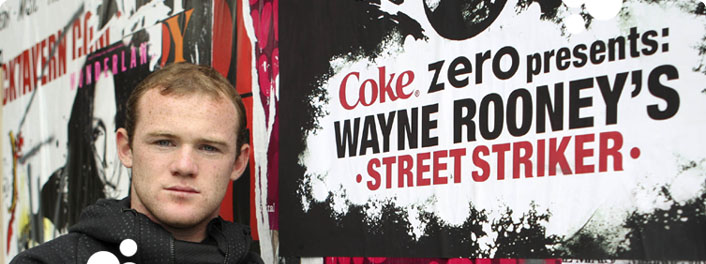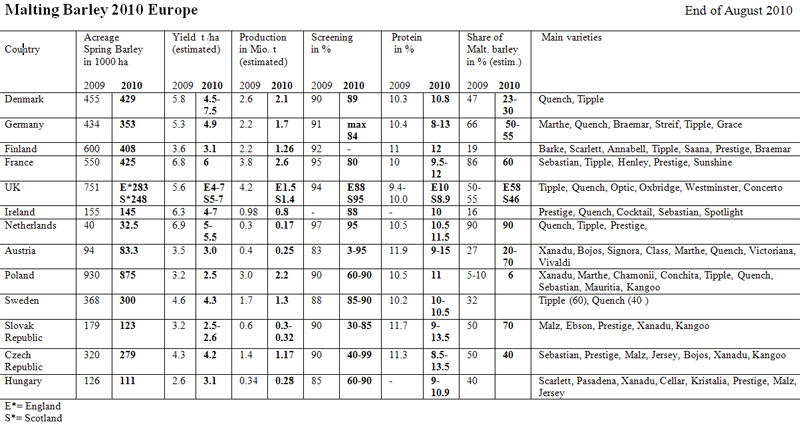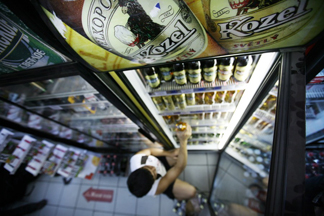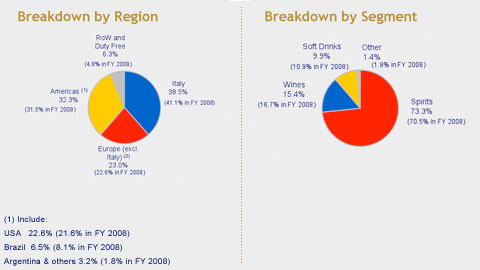Munich media also reported with some glee that Jobst Kayser-Eichberg, who was one of the previous owners, was fully convinced until last year that InBev would vacate the inner city site so that he could develop it.
Corona Extra accounts for 90 percent of the distribution of Grupo Modelo’s products in the UK. Other prominent brands in the Modelo portfolio include Coronita (210 ml bottles of Corona), Modelo Especial, Pacífico, and Negra Modelo.
Groupe Castel, originally a wine business, was founded in 1949 by nine brothers and sisters and is still run by its founding president Pierre Castel, 84. It branched out into beer and soft drinks in Africa, the Caucasus and Vietnam. The breweries in Vietnam and Azerbaijan have since been sold.
As a Bavarian I have always found it an embarrassment to visit Bavarian-themed restaurants wherever I travelled. Most of them tended to overdo the Bavarian oompah experience as if the Oktoberfest was the only place Bavarians will go to have a good beer and suck in the atmosphere. I won’t tell you what I let myself in when I visited Mader’s and Karl Ratzsch’s in Milwaukee years ago. In the 19th century Milwaukee probably had the largest number of Bavarians away from home. And the places looked it. Hadn’t seen a pot of paint for decades. Being a journalist, I put these two visits down as “interesting experiences”, best never to be repeated.
By the time the recession ended earlier this year, GDP was 15 percent below its peak, unemployment had reached 13 percent and the cost of rescuing Ireland’s banks had soared beyond initial estimates.
Mr Nusmeier defended Heineken’s decision to instantly pass on to customers in the first half the burden of a 200 percent increase of Russian excise duty. The price increases cost Heineken a loss of volume that exceeded the overall 9 percent market-volume decline resulting from the duty increase.
It’s amazing how much a brief fling can cost … even if it only lasts five seconds.
The weather conditions this year had a substantial effect on the spring barley throughout Europe. The harvest is going to be smaller than it was expected. There are going to be problems with the crops that were harvested late. One will probably expect a shortage with malting barley in Europe next year at the latest.
Once viewed as a poor substitute for its intoxicating rivals, lower strength beers have shrugged off their party-pooper image to become a stellar performer in a declining beer market.
Carolans is an Irish cream liqueur with a total volume above 600,000 nine-litre cases sold in more than 60 markets. 60 percent of the brand’s sales are in the United States. The same could be said for Frangelico, a premium Italian hazelnut liqueur. The U.S. accounts for 50 percent of the brand’s sales.

